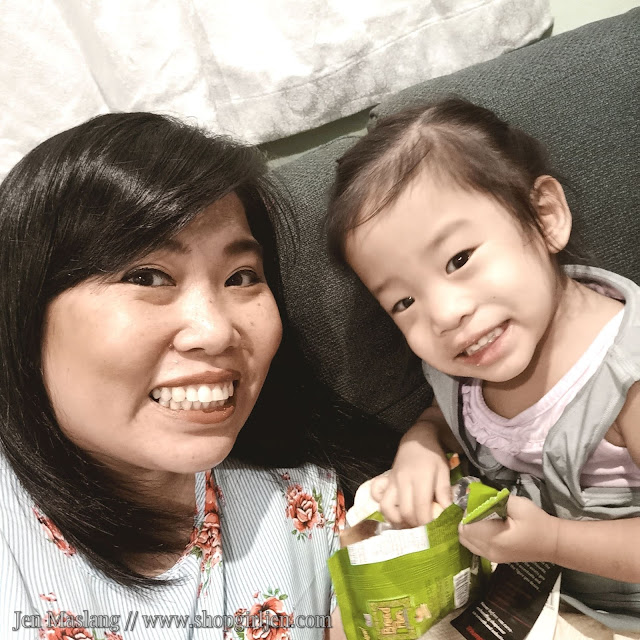Sound familiar?
Around the world, 82% of parents use paracetamol to treat their children’s fever and pain (Berland 2015, p. 52), but it is still common for them to make dosing mistakes. The earlier scenario may seem harmless, but the parents unknowingly made two errors. These faults can reduce the efficacy of paracetamol, keep the child sick for longer, and potentially lead to undesirable side effects.
So, what are these two dosing mistakes?
Mistake #1: Not choosing the right paracetamol formulation for your child
You may have been guilty of giving your child adult paracetamol formulations before, and in fact, many parents still do. In the GSK Expert Survey Results, 78 percent of experts in the Philippines have heard of parents giving their children a small dose of adult paracetamol (Berland 2015, p.49, 64). However, paracetamol formulations are adjusted to the different dosages required across age groups.
It is important to take note of the paracetamol formulation of the bottle. You may risk either underdosing your child, which can prolong your child’s fever, or overdosing, which can cause side-effects such as liver injury.
“The antipyretic effect or fever controller of paracetamol is dose-dependent from six months to 12 years of age,” explains Dr. Carmina A. delos Reyes, Pediatrician and Infectious Disease Specialist. “Various formulations of paracetamol are available to address the needs of children. For infants up to 2 years old, paracetamol suspension 100mg/ml can be used; for children 2-6 years of age, paracetamol 125mg/5ml is the ideal choice; and for children 6-12 years old, paracetamol 250mg/5ml is the best option.”
Mistake #2: Not following or measuring dosage correctly
When you are in a rush to treat your sick child, it can be tempting to tweak the dosage based on estimation or gut feel. In fact, many parents skip reading medicine labels when administering paracetamol to their child.
To compute accurately, check the paracetamol formulation, which is usually indicated on the product label, and know your child’s weight.
Paracetamol formulations matter because they affect the total volume of paracetamol consumed by the child. If a child takes a high dosage of a concentrated paracetamol, it may lead to serious paracetamol poisoning.
Body weight affects the way paracetamol is distributed in the body. A child who is relatively heavier may require higher dosage than someone who is lighter. Overdosing is quite common. In the US, a study reported that 12 percent of cases among children age less than 6 years old are a result of wrong dosage calculation based on faulty paracetamol formulation.
On the other hand, underdosing erodes confidence in paracetamol as a tool to treat fever and pain because it delays the child’s recovery, causes stress among parents, and results unnecessary trips to the hospital.
“Based on scientific evidence, when given at a dose of 15 mg/kg, it produced a larger relative temperature reduction and a longer duration of substantial temperature reduction compared to when given at 10 mg/kg,” says delos Reyes (Temple 2013, p.1) 6. The approved and recommended dosage in Calpol Philippines label has a 15mg/kg basis.
Taking the time to learn which formulation and dosage is right for your child is essential to ensure that they can get back on their feet as quickly as possible when hit by fever.
For more guidance regarding paracetamol use, don’t hesitate to ask your child’s doctor.

No comments:
Post a Comment